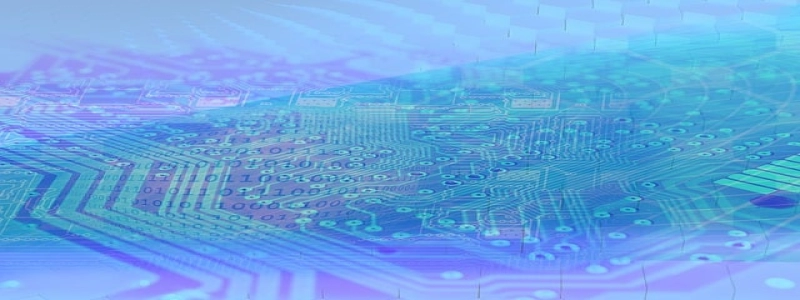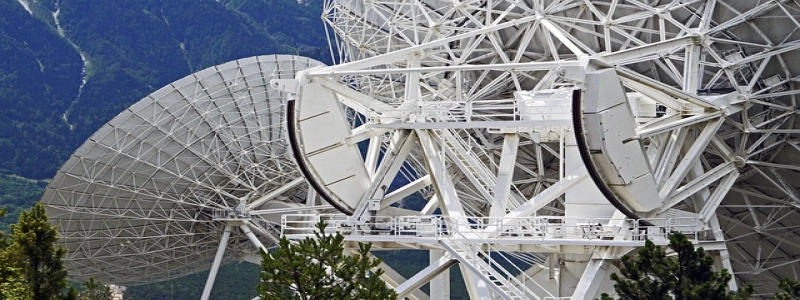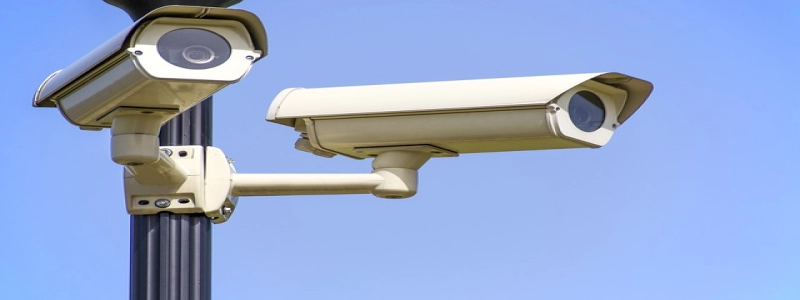Cat 5 or Cat 6 Ethernet Cable
Introduktion:
Ethernet cables are a crucial component of any wired network setup. They are used to connect devices such as computers, routers, and switches, enabling them to communicate and transfer data. dock, with the advancements in technology, different categories of Ethernet cables have emerged, including Cat 5 and Cat 6. I den här artikeln, we will explore the differences between Cat 5 and Cat 6 Ethernet cables and discuss their respective advantages and uses.
jag. Cat 5 Ethernet Cable:
1. Definition and Specifications:
Cat 5 Ethernet cable, or Category 5 cable, is a twisted pair cable used for transmitting data signals in Ethernet networks.
– It supports a maximum frequency of 100 MHz.
– It provides transmission speeds up to 1000 Mbps (1 Gbps).
– It is compatible with older networking equipment and infrastructure.
2. Advantages:
– Cost-effective: Cat 5 cables are relatively inexpensive compared to higher category cables, making them an economical option for home networks or smaller businesses.
– Sufficient for basic networking: Cat 5 cables can handle most daily networking tasks, such as internet browsing, basic file sharing, and video streaming.
– Widely available: Cat 5 cables are readily available in various lengths, making them easy to purchase and replace.
3. Limitations:
– Speed limitations: Due to its lower bandwidth and frequency rating, Cat 5 cables are not optimized for high-speed data transmission or demanding applications like gaming or 4K video streaming.
– Limited future-proofing: As technology progresses, the demand for faster and more reliable network connectivity will increase, rendering Cat 5 cables obsolete in the long run.
II. Cat 6 Ethernet Cable:
1. Definition and Specifications:
Cat 6 Ethernet cable, or Category 6 cable, is an enhanced version of Cat 5 cable designed to provide superior performance and reliability.
– It supports a maximum frequency of 250 MHz.
– It provides transmission speeds up to 10 Gbps over short distances.
– It features stricter standards for reducing crosstalk and interference.
2. Advantages:
– Increased speed and performance: Cat 6 cables offer significantly higher bandwidth and faster data transmission speeds, making them ideal for heavy data applications, including online gaming, video conferencing, and large file transfers.
– Improved reliability: Cat 6 cables’ enhanced design and insulation reduce crosstalk, electromagnetic interference, and signal degradation, resulting in a more stable and reliable network connection.
– Future-proofing: Cat 6 cables are better suited for future networking requirements, ensuring compatibility with advanced technologies and increasing the lifespan of your network infrastructure.
3. Considerations:
– Cost: Cat 6 cables are slightly more expensive than Cat 5 cables due to their improved performance and features.
– Equipment compatibility: To fully benefit from Cat 6 cable’s capabilities, all network devices, including routers, växlar, and network interface cards, must also support Cat 6 specifications.
Slutsats:
When choosing between Cat 5 and Cat 6 Ethernet cables, it is essential to consider your networking requirements, budget, and future needs. While Cat 5 cables are suitable for basic networking tasks, Cat 6 cables provide faster speeds, better reliability, and future-proofing capabilities. Ultimately, the choice depends on the specific demands of your network setup and the level of performance you require.








